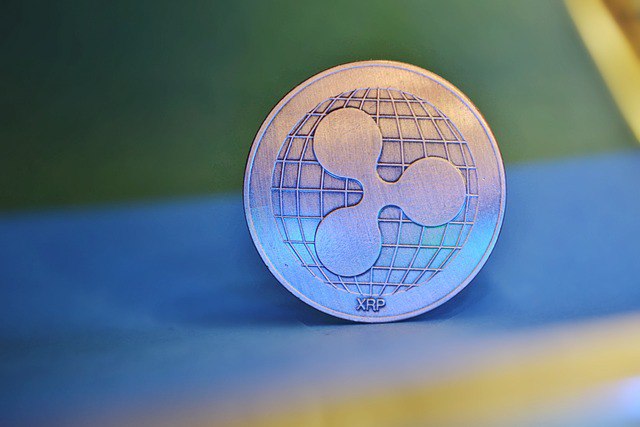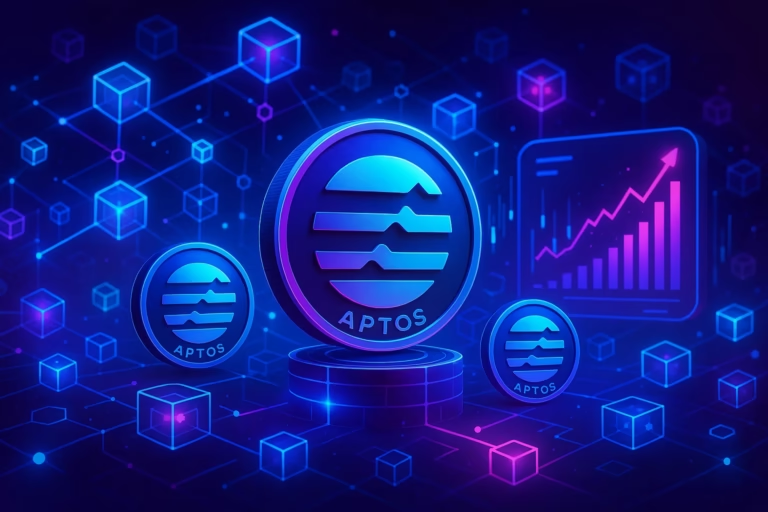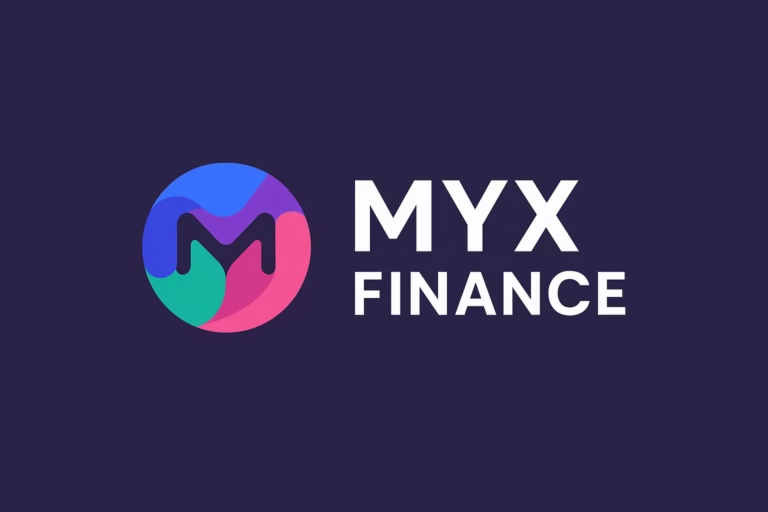
- Ripple CTO said XRP has no central issuer. All tokens were created at the ledger’s launch, making it decentralized and independent of Ripple.
- UFC star Conor McGregor questioned why XRP is on the US crypto reserve list. This sparked new debates about how decentralization is judged in cryptocurrencies.
The recent statement by Ripple’s Chief Technology Officer (CTO) has stirred significant discussion across the cryptocurrency community. Addressing growing questions around XRP’s decentralization, the CTO clarified that XRP has no central issuer, setting it apart from many other blockchain projects.
ALSO READ:Monero Surpasses $400 Despite Delistings and Regulatory Pressure, Reclaims Top 25 Spot
Ripple and XRP’s Unique Token Model
According to the Ripple CTO, all XRP tokens were created at the launch of the XRP Ledger (XRPL). No additional tokens have been minted since. This design means XRP does not have a central issuer who can control or manipulate the token supply — a feature that distinguishes it from many other cryptocurrencies.
He emphasized that Ripple’s CEO, Brad Garlinghouse, does not have any influence over the XRPL’s decentralization. Instead, the XRPL operates as an independent blockchain network with an open participation and consensus model. This statement reinforces XRP’s architecture as decentralized by design, which is a key argument used by XRP supporters amidst ongoing regulatory scrutiny in the United States.
Conor McGregor Sparks a Broader Debate
The conversation gained renewed attention when UFC star Conor McGregor questioned why XRP, along with ADA (Cardano) and Solana, was included in the US government’s proposed crypto reserve list. His skepticism also extended to Bitcoin’s status as the most decentralized crypto asset, challenging the widespread perception of Bitcoin as the gold standard in decentralization.
McGregor’s comments reignited debate on how decentralization is defined and measured, particularly by governments when choosing assets for a strategic crypto reserve. While Bitcoin’s mining concentration and governance have drawn criticism, its credibility remains largely unquestioned by regulators and traditional investors. The Ripple CTO highlighted that XRP follows a different but valid model of decentralization, which deserves equal consideration.
The US Crypto Reserve and Calls for Transparency
Initially, the US government listed Bitcoin and Ethereum for its strategic crypto reserve. However, an amended announcement added XRP, ADA, and Solana, surprising many in the crypto space and causing notable price movements. The Ripple CTO urged transparency in decision-making. He questioned if decentralization was the main criterion and called for fair evaluation of XRP.
The debate brought into focus the evolving landscape of blockchain governance and how different models of decentralization are gaining recognition. As XRP and other assets feature more prominently in government strategies, understanding their unique technical and governance structures becomes crucial.
XRP’s architecture, characterized by no new token issuance and independent network control, challenges traditional views on decentralization. The debate sparked by Conor McGregor and Ripple’s CTO will shape future discussions on cryptocurrency regulation and adoption.
MIGHT ALSO LIKE:Stellar Explained: How XLM Powers Fast and Affordable Global Payments
DISCLAIMER:
The views and opinions expressed herein are solely those of the author and do not necessarily reflect the views of the publisher. The publisher does not endorse or guarantee the accuracy of any information presented in this article. Readers are encouraged to conduct further research and consult additional sources before making any decisions based on the content provided.




